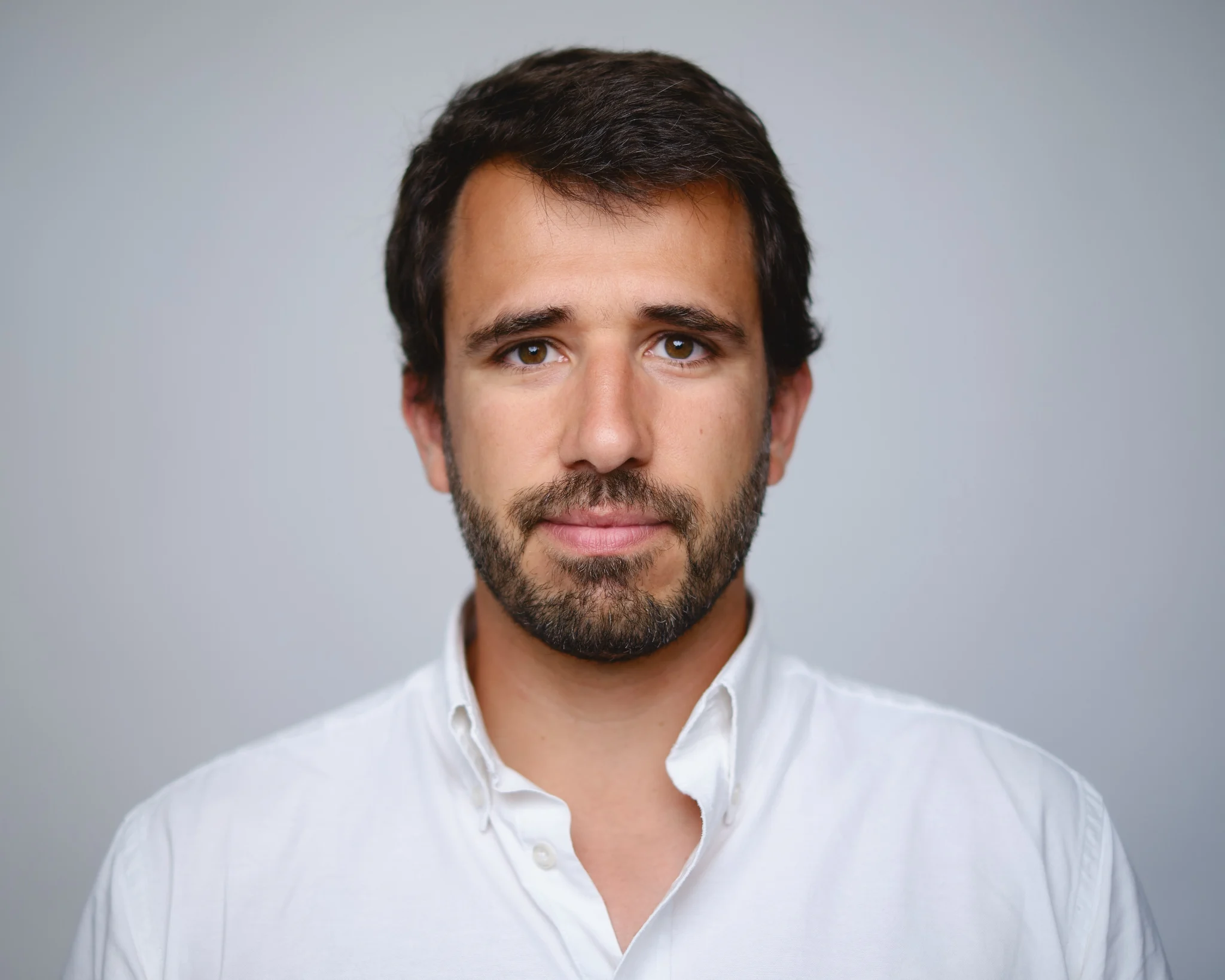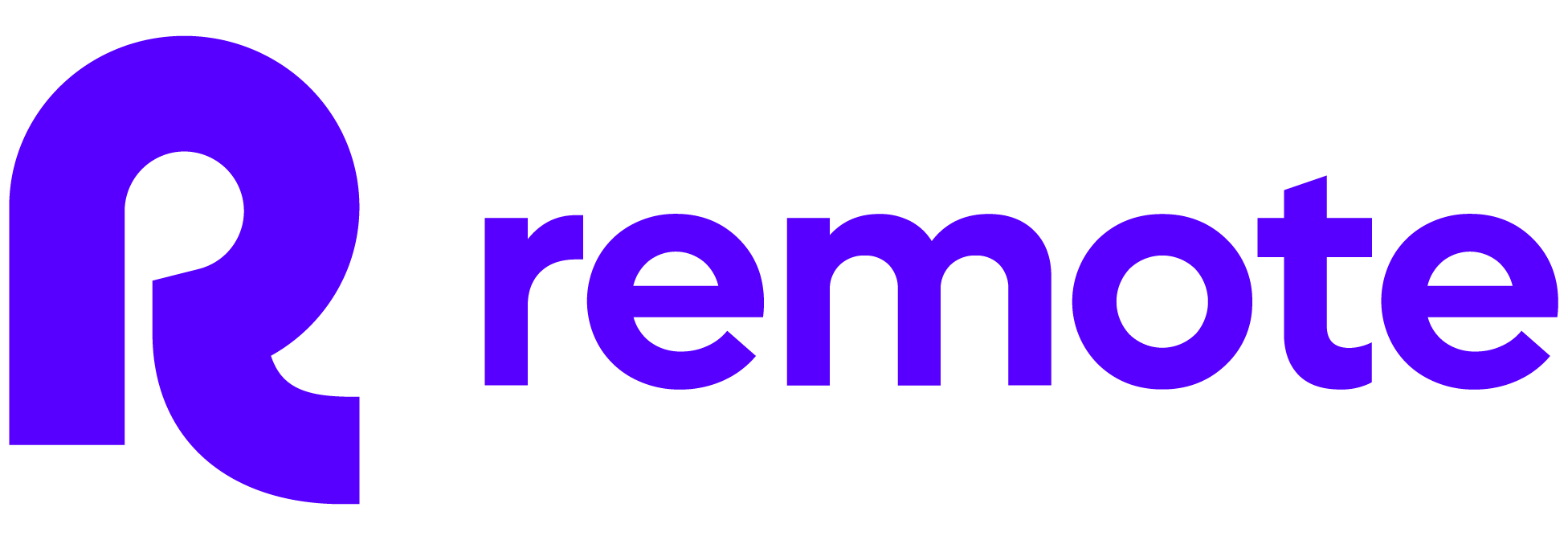Job markets globally have experienced fluctuations over the past few years, with 2022 and 2023 marked by downsizing. In contrast, companies started rebuilding and rehiring in 2024, albeit with a more thoughtful and measured approach, focusing on talent density — prioritising ‘top performers’ relative to team size.
This shift moves away from the unchecked growth of the pre-pandemic years. But while opportunities are fewer than a few years ago, the quality of roles has improved.
In our latest Sifted Talks, we look at how to find, attract and retain talent in the next year’s market, as well as discuss the top recruitment and hiring trends for 2025. Our speakers were:
- Zoe Jervier Hewitt, VP of talent at Sequoia Capital, the US venture capital firm
- Karen Brandt, chief people officer at Finn, a business that offers flexible car subscriptions
- Tim Chong, cofounder and CEO of Yonder, a credit card fintech
- Pedro Barros, senior vice president and general manager of contractors at Remote, a global HR platform for managing remote workers
Here are the key takeaways from the panel:
1/ Always pay attention to current market trends
Hewitt opened the panel by reflecting on fluctuations in the job market, noting that 2024 has seen a shift toward rebuilding and rehiring. On the candidate side, she said it’s been a tough time to change roles, adding that there aren’t as many opportunities available.
At Finn, Brandt acknowledged the slowdown in hiring. In key roles critical to its success, the company is struggling to find talent and is having to stretch itself financially to secure top performers.
Chong’s Yonder, however, has moved at his company’s pace. In 2021, as an early-stage business seeking product-market fit, the focus was on maintaining a small, tightly-knit team of 7-10 individuals.
“Now, we try to think in terms of what our company needs rather than what recruiters and the market are trying to tell us. Right people, right time, right roles,” he said.
"What works well [in a challenging market] is to hire a level below, so that we always have the opportunity to develop the person over the years and retain them longer by keeping the career path attractive." — Karen Brandt, Finn
2/ Think about the best time to hire
Hiring strategies should be closely aligned with strategic goals or specific initiatives, such as entering a new market or launching a product, Hewitt explained.
"Historically, when companies get a cash injection, they ask how many people they should add to a department. That blanket approach doesn’t work any longer," she said.
Chong agreed: “No one ever says, ‘I have enough people,’ just as no team says, ‘I have enough budget’”, adding that companies must guard against resource seeking. He also recommended aligning hiring against business initiatives that you have confidence in but acknowledged this can lead to delays in hiring, which can hinder progress.
"The hallmark of a great leader is that they are a talent scout, and they really understand that talent scouting is a long game." — Zoe Jervier Hewitt, Sequoia Capital
3/ Get creative to manage the influx of applications
For every role, Remote receives up to 20k applications. Barros said it is not currently using AI to reject candidates but to enhance how it assesses them, adding that Remote relies heavily on humans to make final hiring decisions as there is a lot of bias in models.
Brandt’s Finn uses AI as a cognitive test. It employs the test to screen applications faster, but the problem with AI is that it might weed out the very talent you want to access. She said coding challenges and similar tests are a great way to gauge investment, abilities and skills.
When it comes to screening for culture fit, Remote, which operates in 90 countries, focuses on values alignment.
"Values alignment is key because we want to embrace different cultures, different ways that people work in different places in the world. Remote emphasises our values handbook, how they work, and focuses much more on the capacity of individuals to operate in a remote setting." — Pedro Barros, Remote
4/ Seek the talent around you
For early-stage companies, Chong said networks are essential: “Our first 10 hires came from company networks. The reason being is that to join an early-stage company is slightly insane. You want people who are willing to work a lot of hours for not a lot of money and some equity that might be worth nothing. There’s a very small pool of people who want this type of opportunity.”
Hewitt agreed, adding: “Eventually, you exhaust your networks, you’ve hired all the best people and go on to need specialists. This is when your hiring strategies will change. Over time, the way that you hone in is to, one, do your research, especially if it’s a new field, and two, not be afraid to go further afield, even to other geographies, where there are specialists elsewhere.”
Barros said Remote focused on employer branding to attract talent by removing the minimum required experience for a role: "This resonated massively with people because it removes that prerequisite of academic proficiency. Candidates felt more integrated, made roles more accessible to a wider range of people and made them feel more included.”
Brandt at Finn asks employees for referrals, noting the quality of candidates and higher likelihood they’ll join.
"Depending on the level we’re hiring for, the platform we use will differ. Younger candidates might be on TikTok. If we’re hiring in Germany, it’s a German platform. One way to decide on a platform is to check competitor platforms and see where they post.” — Brandt
5/ Get to know candidates before you hire
When asked how to pitch your company to a high-profile prospective employee, Hewitt said: "There’s power in a warm introduction, but let’s assume there’s not. The thing that will get a seasoned, experienced executive to talk to an unheard-of startup founder is the mission that they're on.” She advised putting together a really crisp explanation of your business, and once you’re meeting them for a coffee, have a compelling story prepared.
Chong networks to build up a picture of exceptional people, who he said tend to focus on similar things. Founders must meet lots of these people even when they’re not hiring just to calibrate what good looks like: "This helps you distinguish the good from the great."
"We created this initiative called ‘compel and repel’. I want to repel people who just want to work a nine-to-five job. I want to compel people who want to work hard and work on interesting things." — Tim Chong, Yonder





